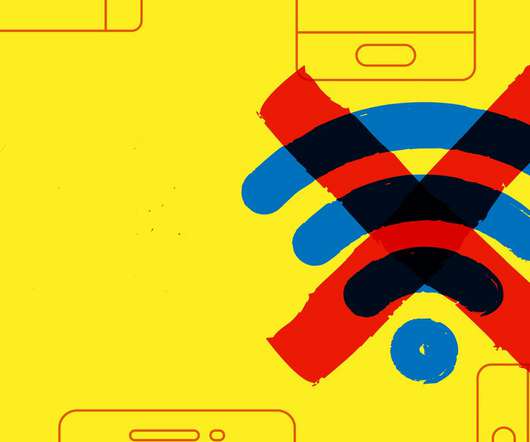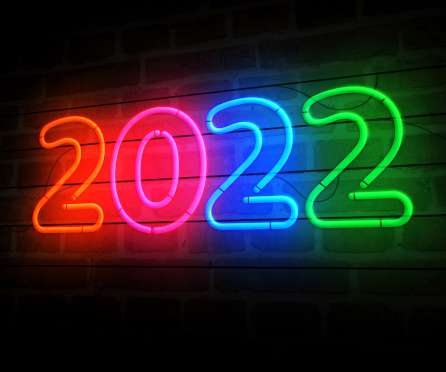How Students Respond to Digital Media in the Classroom
EdTech4Beginners
NOVEMBER 6, 2019
Students receive personal devices, like a tablet or laptop, to use as part of the curriculum. Opponents argue digital media is distracting and can worsen classroom performance — but others believe forbidding digital media could hinder the performance of students who learn better with technology. About the Author.

























Let's personalize your content